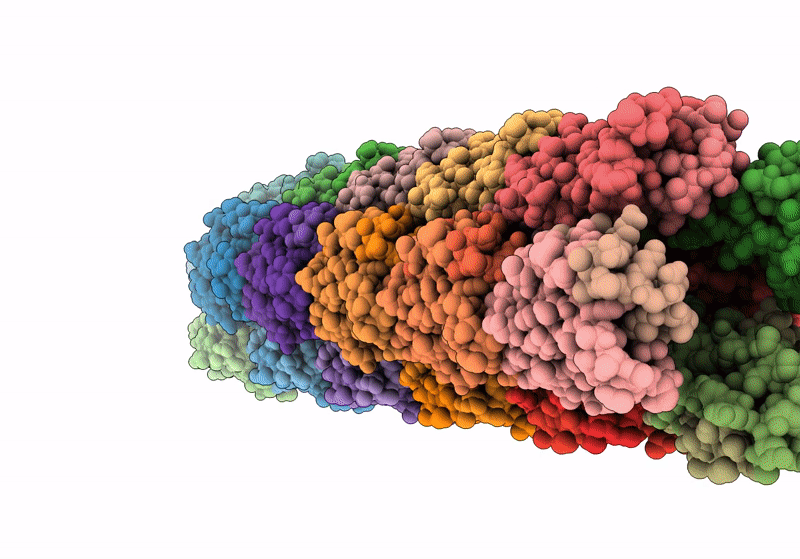
Deposition Date
2023-08-03
Release Date
2024-03-06
Last Version Date
2024-11-20
Method Details:
Experimental Method:
Resolution:
3.14 Å
Aggregation State:
FILAMENT
Reconstruction Method:
HELICAL


